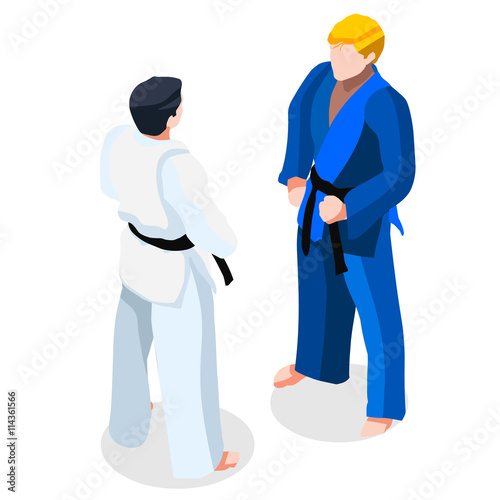A Comparative Research Of Conventional Martial Arts And Modern Fight Sports: Highlighting The Crucial Differences
A Comparative Research Of Conventional Martial Arts And Modern Fight Sports: Highlighting The Crucial Differences
Blog Article
Web Content By-Valentine Burch
When you think of martial arts, do you lean much more toward the standard techniques or the modern-day combat sporting activities? Each path supplies unique benefits and experiences, formed by their philosophies and training methods. Typical martial arts emphasize individual growth and technique, while contemporary fight sporting activities focus on competitors and efficiency. Recognizing these distinctions can lead you in selecting the right approach for your journey. However just how do these distinctions show up in training and viewpoint?
The Viewpoint and Background Behind Typical Martial arts
While many people link martial arts with physical battle, the ideology and background behind standard martial arts run much deeper. You'll discover that these disciplines emphasize individual growth, self-control, and respect.
Stemming from ancient techniques, conventional martial arts were frequently created for Self-Defense and spiritual growth. They personify principles such as balance, harmony, and self-constraint, directing professionals past mere battling abilities.
As you train, you'll not just discover techniques however also gain understandings right into the culture and worths that shaped these arts. The routines and customs, often given via generations, cultivate a feeling of area and belonging.
The Competitive Nature of Modern Battle Sports
Modern fight sports have changed the landscape of martial arts into a very competitive field, where professional athletes take on in a test of skill, technique, and endurance.
You'll notice that competitors are often organized with stringent policies and policies, ensuring justice and security. These events draw in big audiences, fueling the enjoyment and strength of competitions.
Athletes train rigorously, not just for physical prowess yet also for mental durability, recognizing that every information counts in the ring. The adrenaline thrill throughout competitions is apparent, as boxers press their limitations to declare success.
Fans value the athleticism and creativity entailed, making contemporary fight sporting activities a thrilling phenomenon that remains to develop and mesmerize enthusiasts worldwide.
Training Approaches and Strategies: A Relative Analysis
The competitive ambience of modern-day fight sporting activities demands innovative training techniques that differ dramatically from typical martial arts.
In contemporary training, you'll focus on specific strategies, sparring, and conditioning, often making use of drills that mimic genuine battle circumstances. You'll see an emphasis on quantifiable performance and regular competition to examine your skills.
On the other hand, standard martial arts prioritize types, katas, and philosophical teachings, frequently stressing technique and regard over competitors.
Training is usually much less extreme and might entail repeated technique rather than real-time sparring.
While both strategies construct skill and physical fitness, modern fight sports offer a more dynamic and adaptable training setting, preparing you for instant obstacles in the ring or cage.
Select the path that lines up with your goals and interests.
Conclusion
In selecting between conventional martial arts and modern-day battle sporting activities, it truly comes down to what you value the majority of. If who martial arts trying to find personal development, technique, and a feeling of community, traditional arts could be your ideal fit. However if you grow on competition and real-time challenges, modern-day combat sports could be the way to go. Inevitably, both paths use unique advantages, so it's all about straightening your training with your individual objectives and passions.
